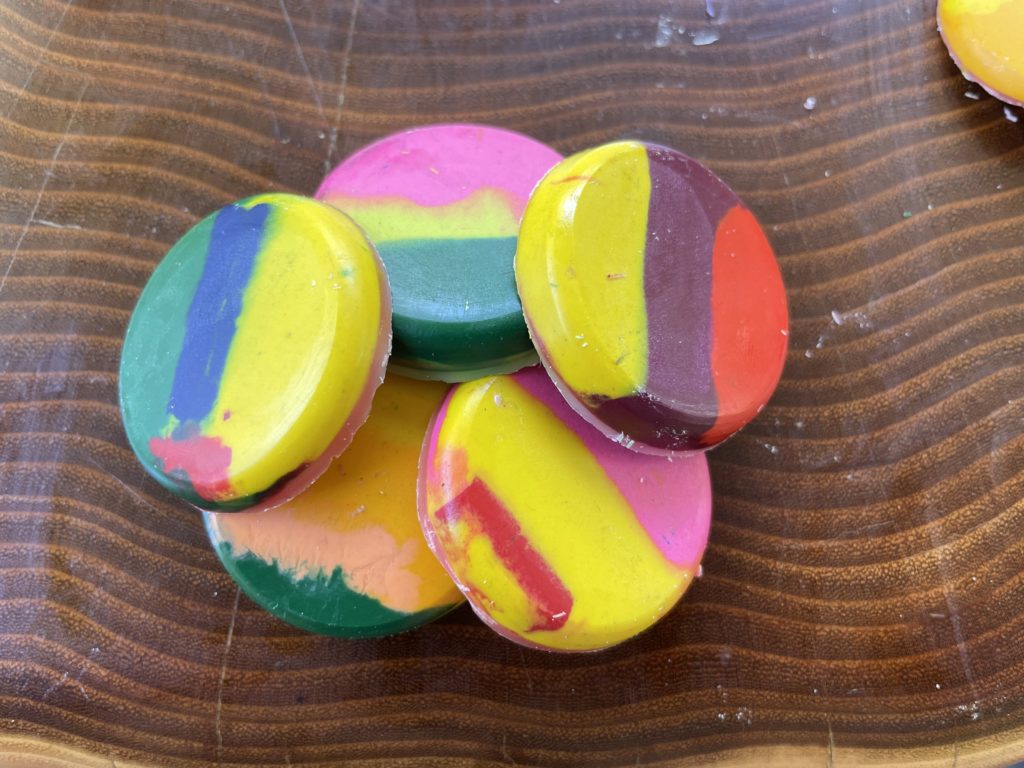Melting Crayons in the Summer Sun

“It is so hot!” moans five-year-old Manuel, who is sweating profusely in the sweltering heat.
The temperature, which has climbed into the 90s every day this week, is taking a toll on everyone.
“It is so hot!" Lauren sighs, echoing Manuel. "Can we have a popsicle?" (Lauren knows I'm a sucker for keeping kids happy and hydrated when the mercury soars.)
“How hot do you think it is?” I ask as the preschoolers follow me to the freezer for a frozen treat.
A hundred, million, trillion hot!” estimates Ellie.
“Do you think it’s hot enough to melt a crayon on the sidewalk?” I ask as I pass out the popsicles.
“Crayons don’t melt, crayons color!” says Evelyn with a giggle. “Ice melts and my popsicle melts, but not crayons!”
A simple science experiment on a scorching hot day offers a welcome distraction from the heat while teaching the children about the different states of matter and helping us clear out the broken crayons in our crayon box.
“Will it work on the sidewalk?" asks Jaime. "It is super, duper hot outside!”
“I think it will," Noah chimes in. "It’s as hot as an oven!
We are developing a plan and carrying out a simple investigation.
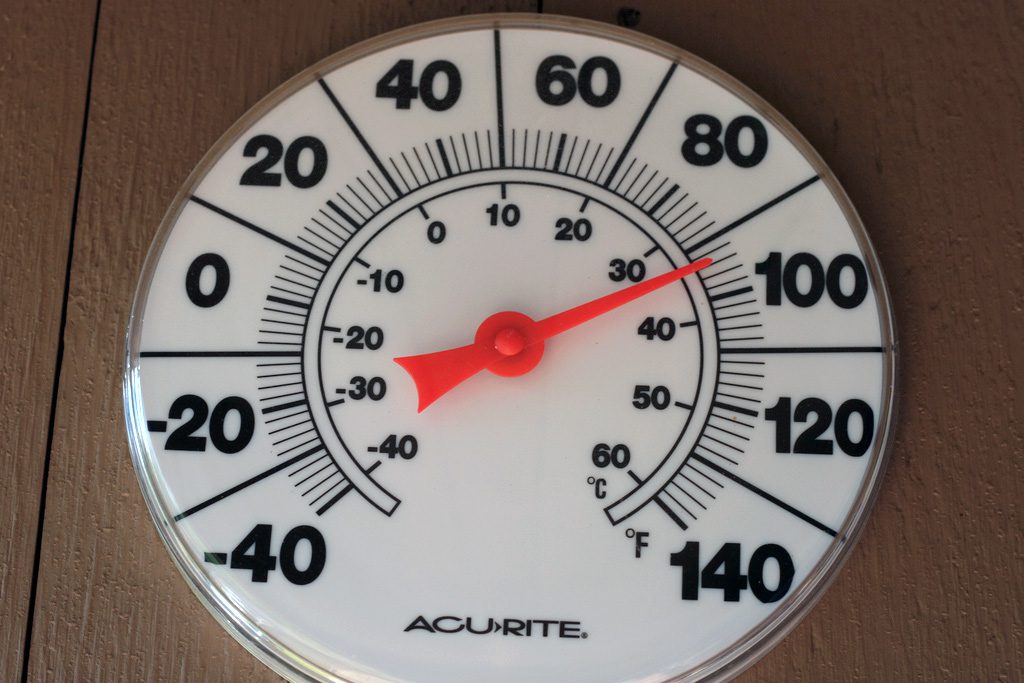
Ah, science has arrived with the heatwave!
This is a great opportunity to discuss cause and effect, collect data, and form hypotheses as we explore a new idea.
“Let’s try it!" I tell the kids. "Finish your popsicles while I grab some crayons and supplies.“
This is a great way for your budding STEM learners to explore the physical properties of objects. Collect your old crayons, a muffin tin and plastic wrap. That’s all you need!
This is also an opportunity to work on fine motor skills as the children peel off the crayon wrappers and then break the crayons into smaller pieces.
Some children may also categorize the crayons by color before adding them to the muffin tins, which is another great math skill to add to the mix.
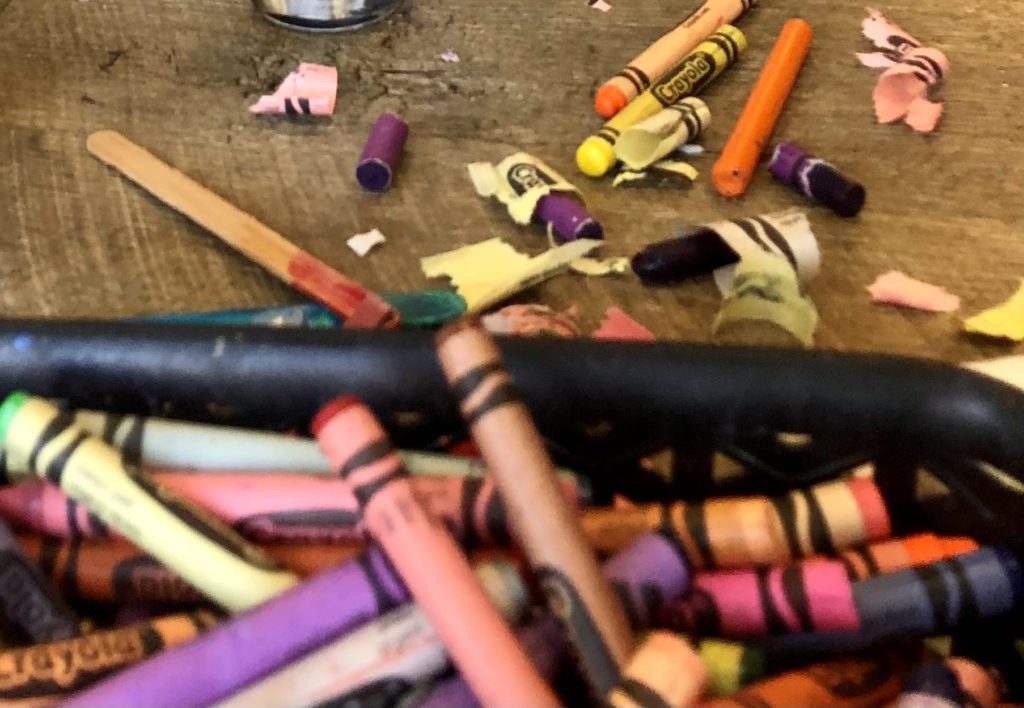
After adding the crayons to the muffin tins, I cover the tins with plastic wrap to create a greenhouse effect and speed up the melting process.
States of matter (solids, liquids, gases) is a pretty complex concept for younger brains, but this simple science experiment can help the children gain an understanding of the three states of matter and see how temperature fluctuations can transform an object from a solid to a liquid or a liquid to a solid.
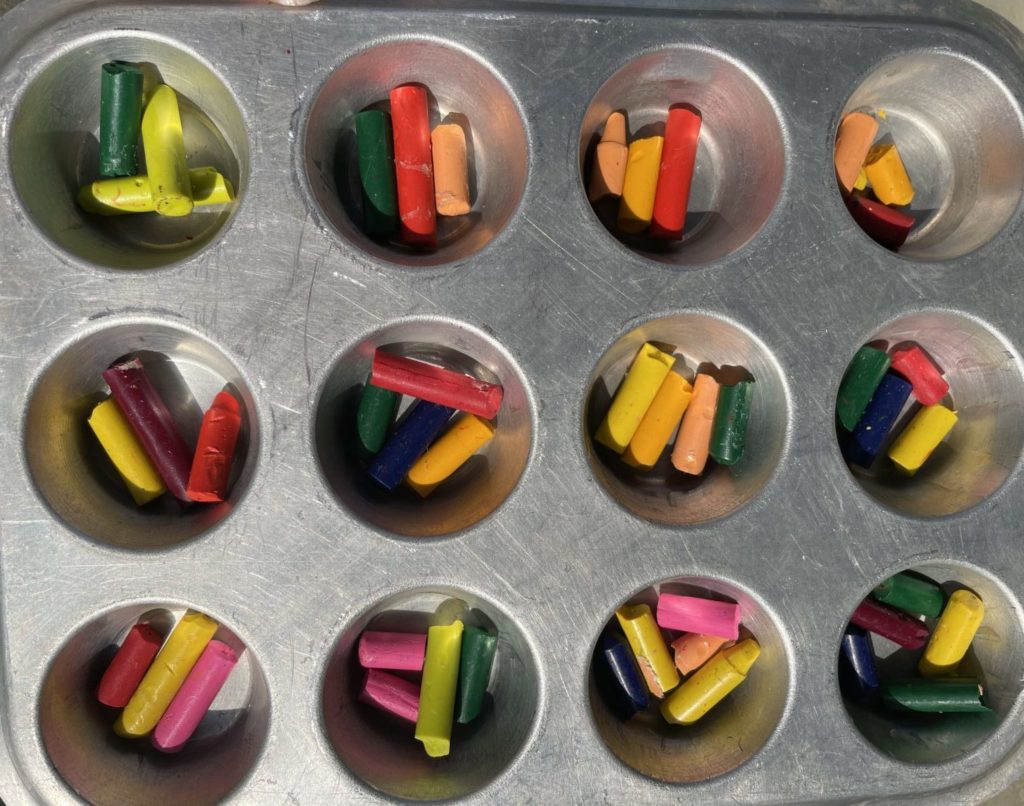
"How fast will the crayons melt?" the children ask.
All eyes are on me, awaiting my prediction. These early learners are already deeply engaged in the scientific process!
“I don’t know! What do you think?" I respond, hoping to encourage the children to make their own predictions.
As we integrate science, technology, engineering, and math concepts into the children's play, we can also begin to build their science vocabulary. Words such as hypothesis, prediction, experiment, observation, and cause and effect are easy to introduce into today's investigation.
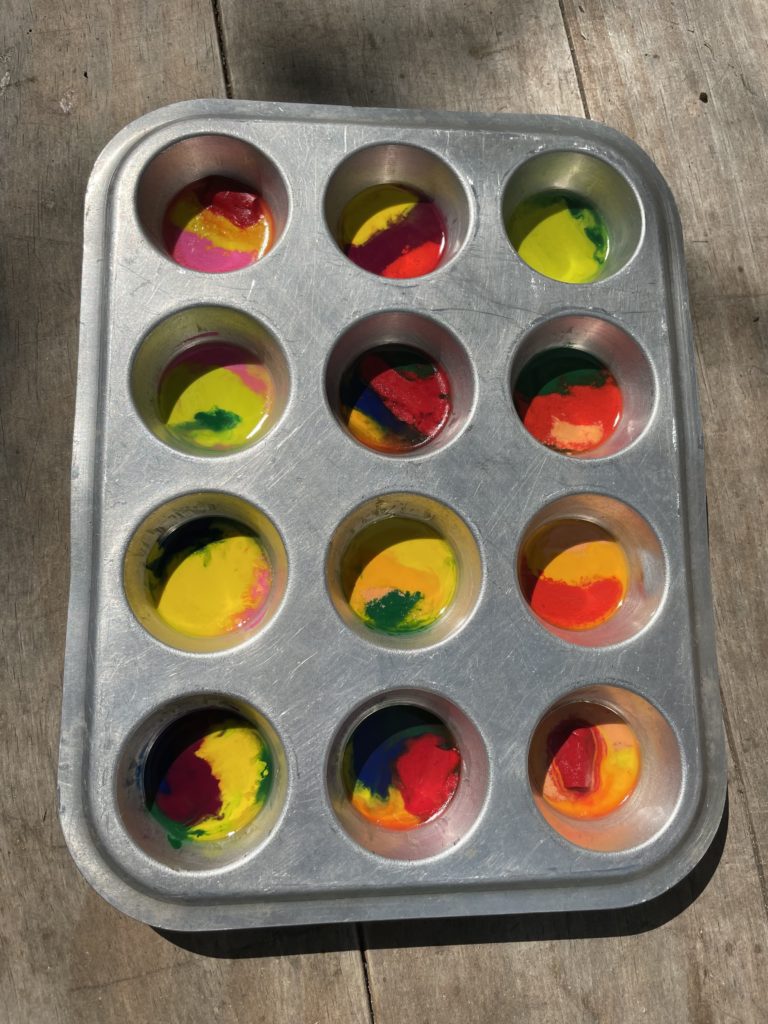
We keep the learning fun and easy all year long, even when we're conducting our investigations under a heat dome.
Once the crayons have melted, we move them out of the sun to harden. After they've cooled down, they pop right out of the muffin pans and we've got a collection of beautiful new crayon discs to color with—at least until the next popsicle break!
